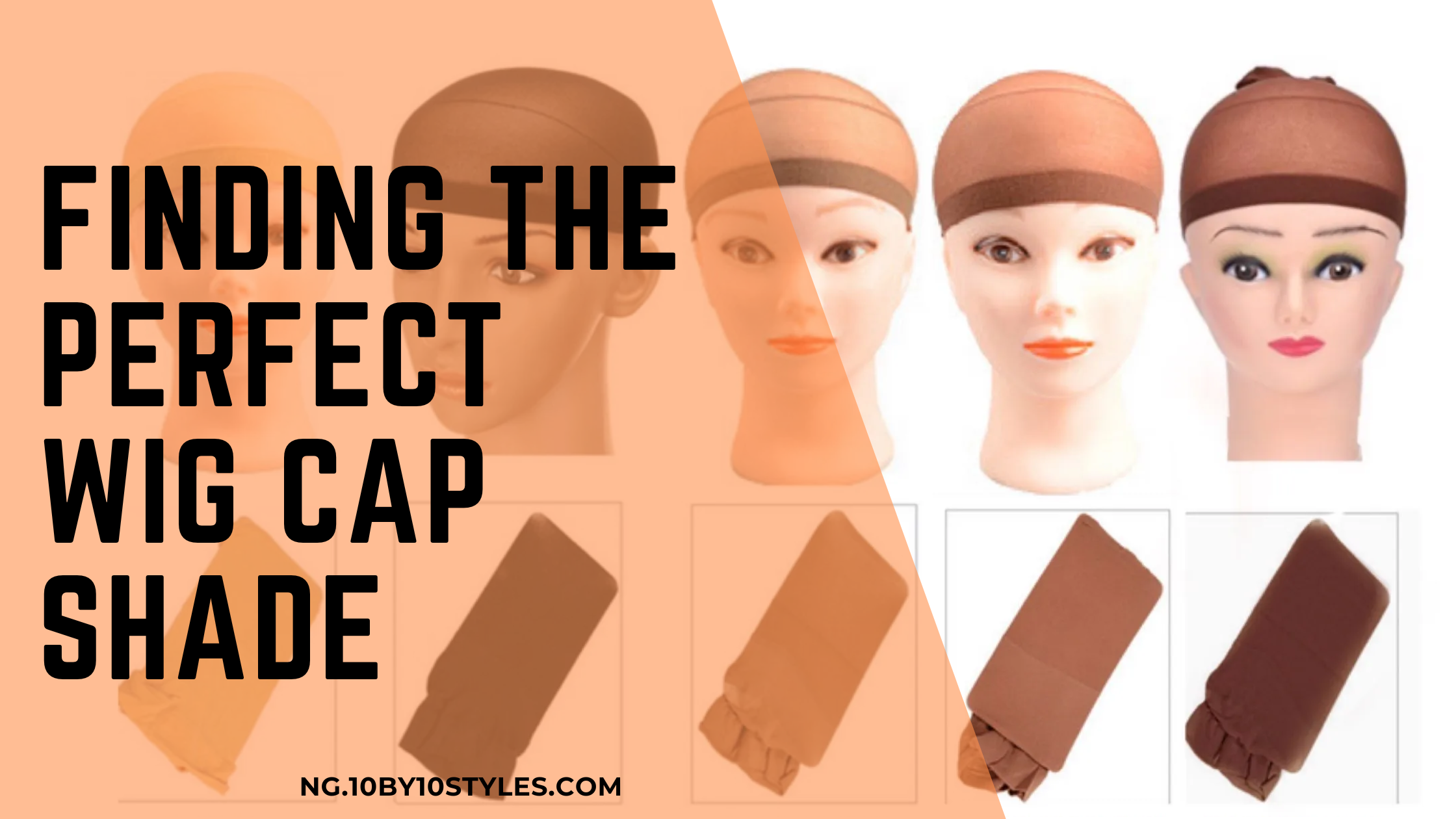HOW TO PREVENT BREAKAGE AFTER REMOVING BRAIDS/WEAVES
There is a recommended routine to be considered after removing braids/weaves, especially if the styles was rocked for a period longer than two weeks, if so, the hair is expected to have built up knots and it is not advised to either comb or wash directly as this might cause serious breakage or damage to the hair. See ways to prevent the hair from breakage blow.

PREVENTIVES
- Gently Comb Through Your Hair
Once you remove your weave, before you approach your hair with a comb, gently work through your tresses, especially the new growth with your fingers. This detangling method is a less harsh method than attacking your hair with a comb right away. Once you've worked through any tangles with your fingers, follow up with a large wide-tooth comb.
Detangling after removing a sew-in is very important because this process helps to loosen the dirt and separate the tangles. Washing the hair without doing this process will cause the hair to be matted, making it impossible to comb through.
- Pre-Shampoo
After removing the braids from your hair, resist the urge to immediately detangle. Fill a spray bottle with water, oil, and a light leave-in conditioner. Spray the base of your braids and use your fingers to loosen the buildup oils and debris from your hair. At that point, begin to detangle your hair by combing from the ends up to the scalp.
- Place Hair into Sections Before Washing

Section the hair into at least four quadrants before applying shampoo. Sectioning the hair will allow you to wash and detangle with care to prevent any unwanted breakage or unnecessary tugging at the scalp.
- Start with a Hydrating Shampoo before a Clarifying Shampoo
We know that cleansing with a clarifying shampoo will bust buildup. However, starting your post-sew-in wash process with a moisturizing shampoo with slip will help you start the cleansing process while preventing knots and tangles.
- Condition

After shampooing with a moisturizing cleanser, apply a generous amount of a moisturizing conditioner, and comb through the entire length of your hair while it's saturated. As always, begin at the ends of your mane and slowly work your way up toward the scalp.
- Deep Condition Your Strands
Immediately follow your shampoo and conditioner session with a deep conditioning treatment. Look for products formulated for dry hair for optimal hydration. Leave the deep conditioner on for the recommended time, adding heat if the directions suggest. "After you remove a sew-in, the two most important things to do are to detangle and condition.
Add Heat
Adding heat can be a good thing. When it comes to deep conditioning, a moisture-rich conditioner, a plastic cap, and up to 30 minutes of heat are the trifecta of an impactful deep conditioning treatment.
- Detangle Again
Detangling with your fingers throughout your wash and conditioning process is the best way to gently massage any tangles and knots without tugging too much with a brush or a comb. However, since your hair has been in a protective style for weeks, a post-wash/conditioner follow-up with a brush made for gently detangling natural hair is ideal. Comb with a wide tooth comb before you rinse out your deep conditioner to ensure your hair is knot-free before styling.
- Trim The Ends
Depending on how comfortable you are taking care of your own hair, you can trim your ends yourself or visit our salon for professional trimming. Your strands have been pretty well-protected while in extensions, so hopefully, you haven't suffered any undue damage. In most cases, you'll only need a simple "dusting," where the smallest amount is clipped to clean up the ends.
- Allow Your Hair to Breathe
As tempting as it might be to retouch your new growth or put in another set of extensions right away, don't. Your scalp and hair need time (anywhere from a couple of weeks to a month) to rest. "You should let your scalp rest for at least two weeks before another installation. During this time, it's smart to apply hydration and scalp treatments.
When you wear a weave, a small amount of stress is placed on the scalp from the extra weight of the extension hair, and your scalp needs time to recover. It's important to find a style or styles you can rock for the next couple of weeks that don't rely on chemicals or added hair. This ensures a healthy scalp and hairline; without a healthy hairline, wearing hair additions becomes much more difficult over time.
For better and professional maintenance of your hair, coloring and revamping of your wigs and weaves, kindly walk into our salon at our flagship store at shop G11, Landmark Boulevard, Water Corporation Drive. Lagos.
Or
place a call to 0909 810 1010 to book an appointment.
With lots of love,
10x10



